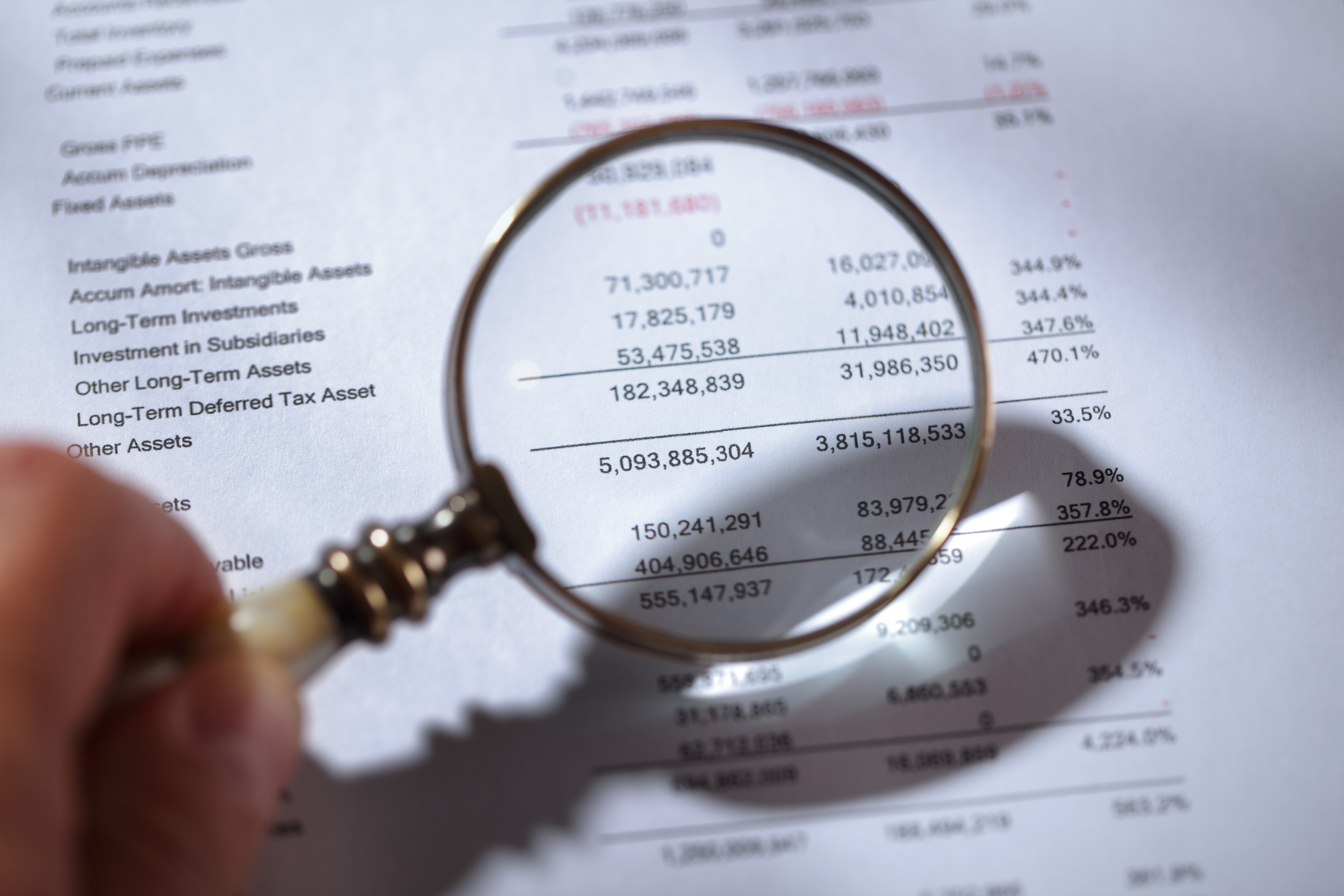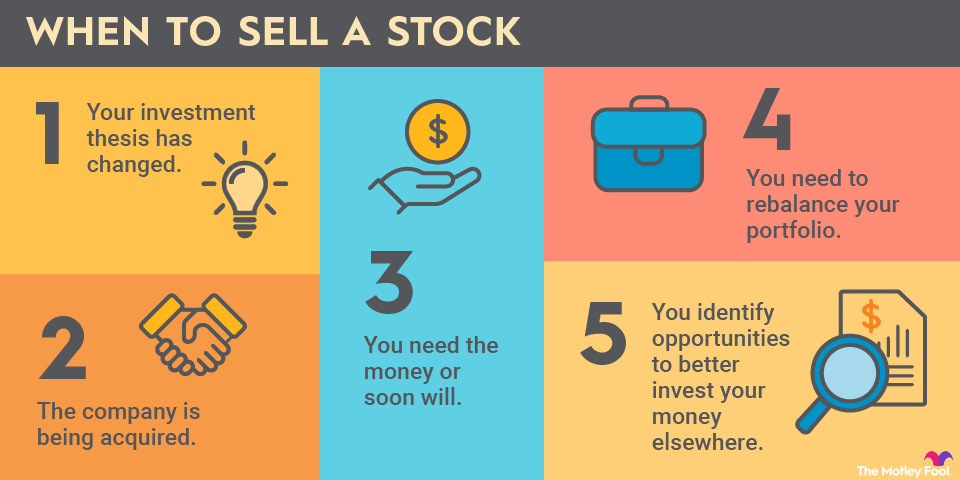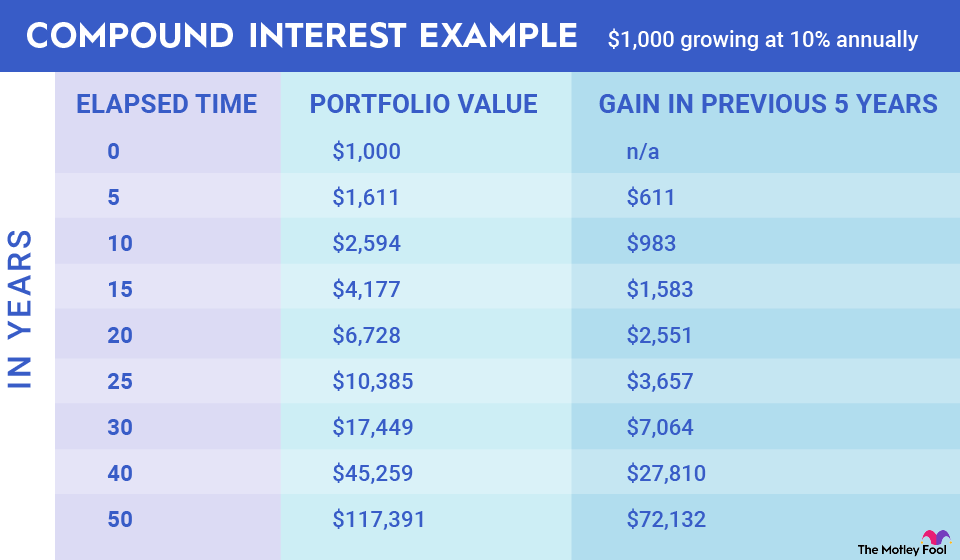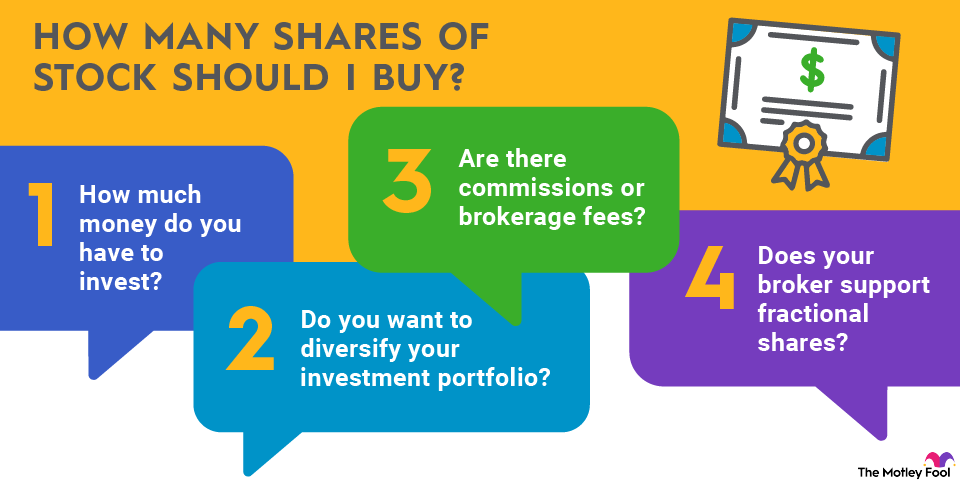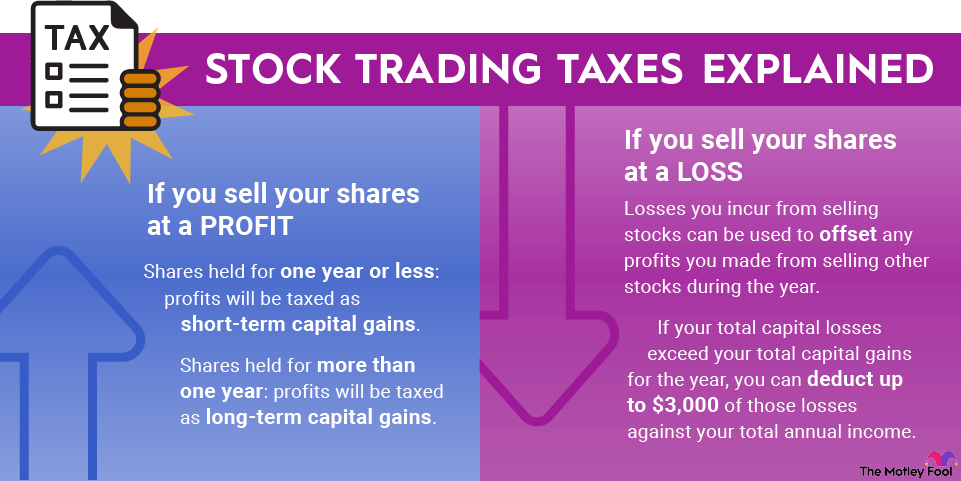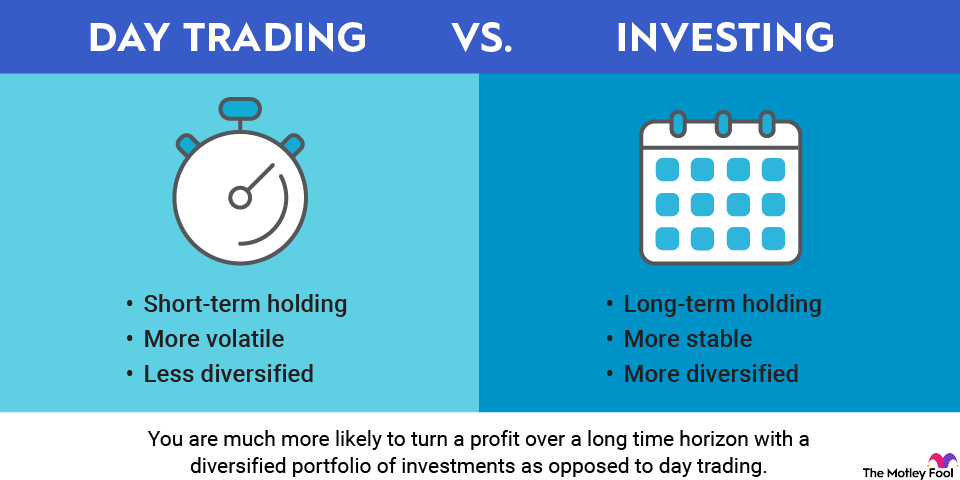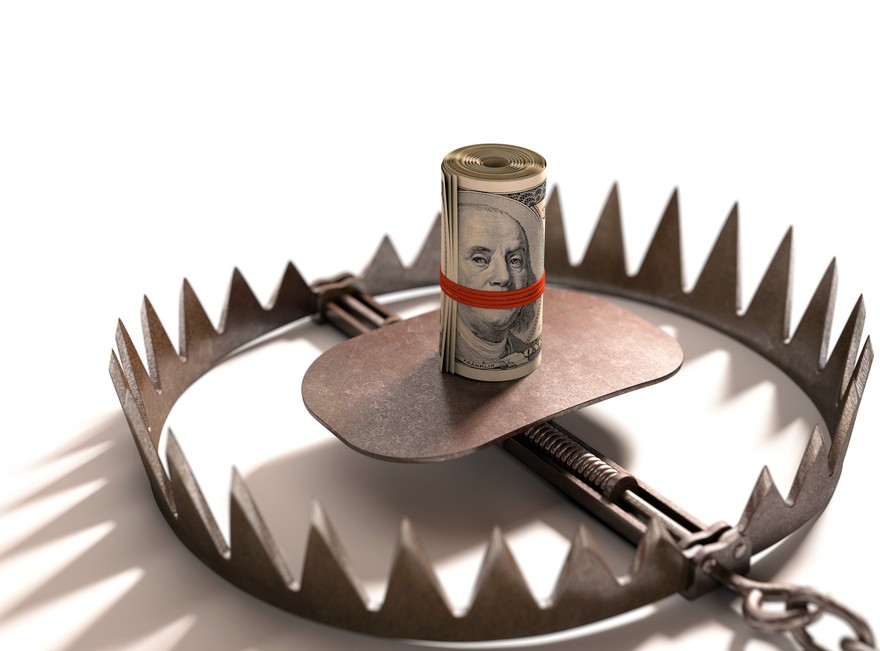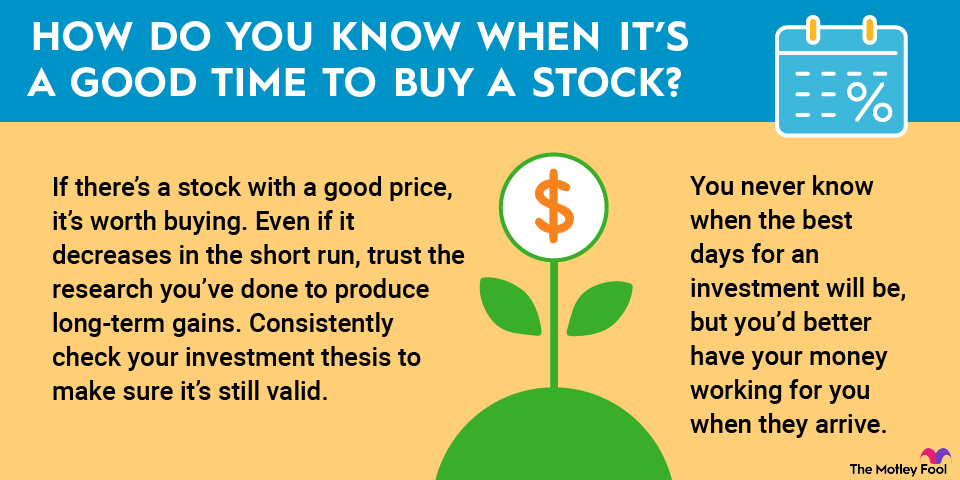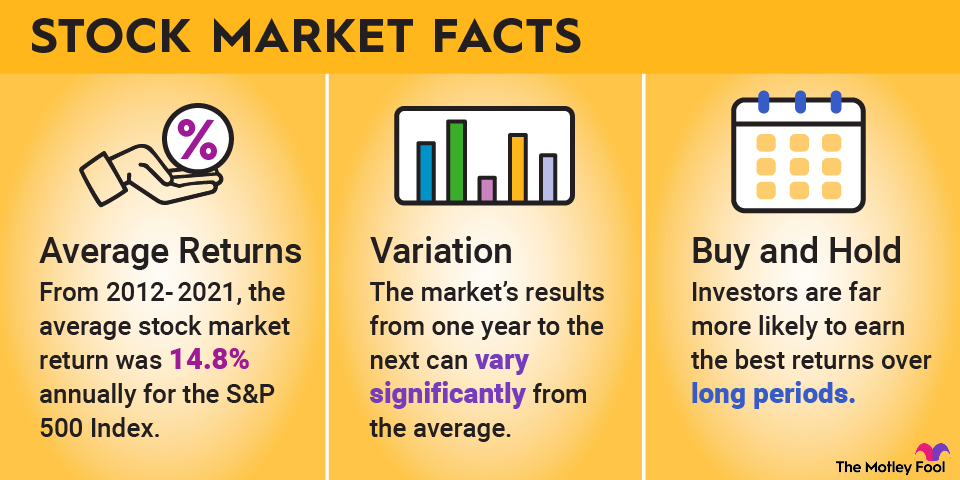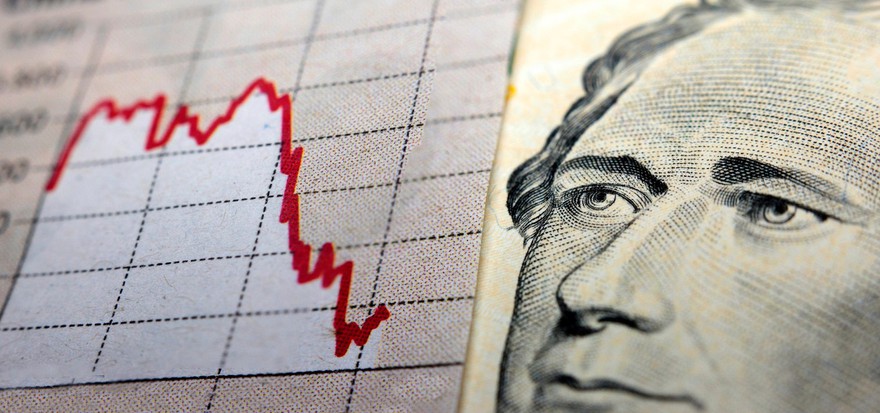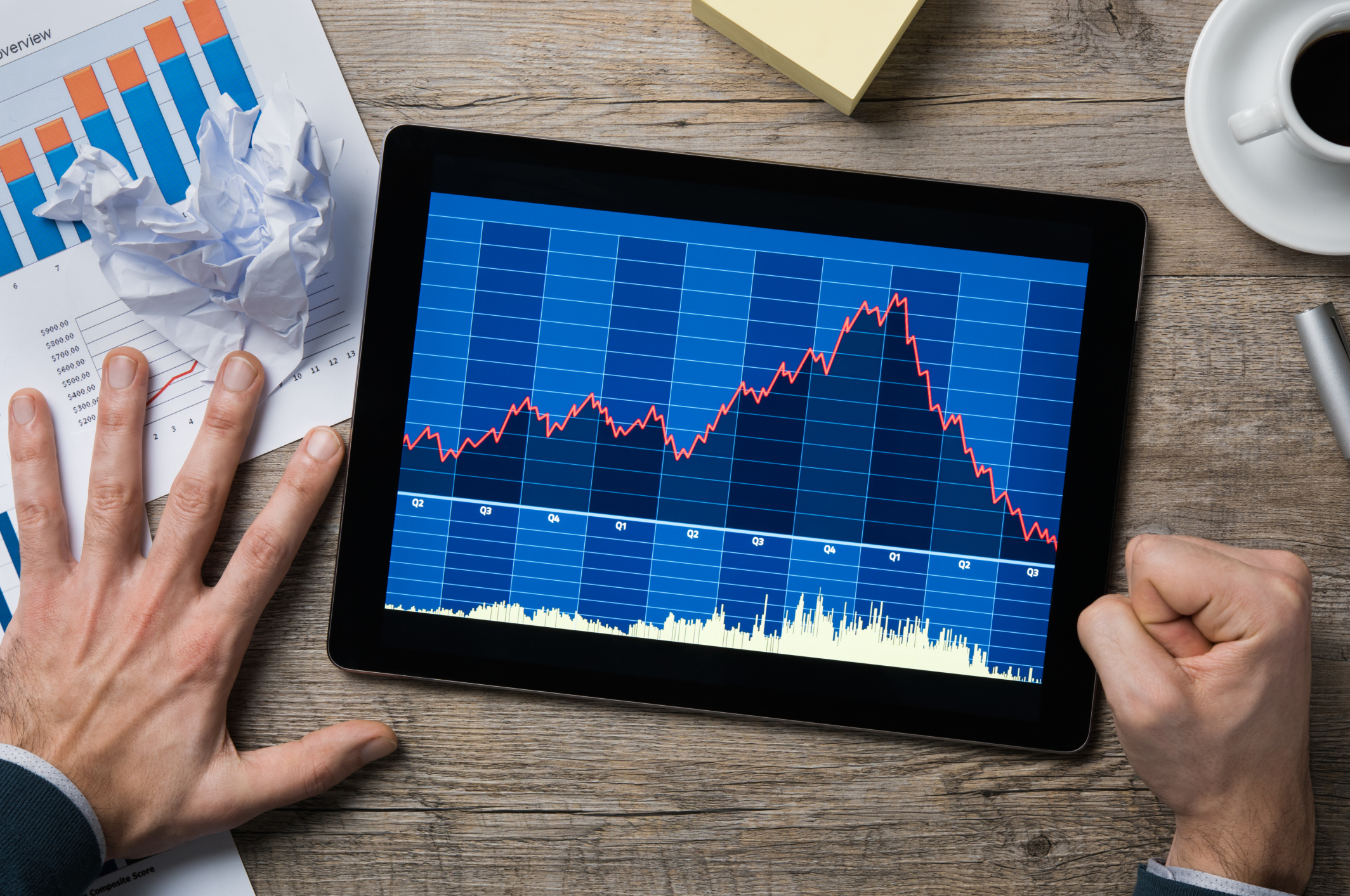Uber (UBER +0.30%) is a ridesharing company that has expanded its offerings to include food delivery services, operating in more than 70 countries.
It's safe to say Uber has already disrupted the transportation and food delivery markets since its founding in 2009 and continues to expand. This article will explore how to buy Uber stock, its history, performance, and if it's a good investment for you.
How to buy Uber stock
If you want to buy shares of Uber, follow these steps.
- Open your brokerage account: Log in to your brokerage account where you handle your investments. If you don't have one yet, take a look at our favorite brokers and trading platforms to find the right one for you.
- Fund your account: Transfer money so you’re ready to invest.
- Search for Uber: Enter the ticker "UBER" into the search bar to bring up the stock's trading page.
- Decide how many shares to buy: Consider your investment goals and how much of your portfolio you want to allocate to this stock.
- Select order type: Choose between a market order to buy at the current price or a limit order to specify the maximum price you're willing to pay.
- Submit your order: Confirm the details and submit your buy order.
- Review your purchase: Check your portfolio to ensure your order was filled as expected and adjust your investment strategy accordingly.
History of Uber's stock
Uber's stock was expected to be one of the hottest new investments when it completed its initial public offering (IPO) in 2019, valued at as much as $120 billion. And it was -- very briefly.
After starting trading at $45 per share, Uber stock dropped like a rock to $41.70, suffering the largest first-day loss in U.S. history. The news got worse from there, with Uber reporting a $5 billion loss and slowest-ever revenue growth only three months later.
Lately, however, Uber's fortunes have made a U-turn. After bottoming out at around $20 per share at the height of the COVID-19 pandemic, its stock price has risen above $90 as of October 2025, boosted by a renewed focus on its two core businesses: ridesharing and food delivery.
Should you invest in Uber stock?
Reasons to be cautious
- You believe competing ridesharing companies will take a bite out of Uber's market.
- You're worried about lawsuits and increased regulatory oversight of Uber.
- You expect inflation will continue to increase gas and food prices.
- You're wary of companies that have built their reputations on apps.
- You think Uber shares are trading at unrealistically high prices.
- Your portfolio already has enough tech, food, and transportation stocks.

NYSE: UBER
Key Data Points
Reasons to consider investing in Uber
- You think Uber will continue to be the leading rideshare and food delivery company.
- You believe Americans will continue to rely heavily on restaurants and shared rides.
- You think the recent decline in inflation will continue for both food and gas prices.
- You'd like to balance your portfolio with a stock that crosses multiple sectors.
- You think Uber stock is undervalued and will rise as it expands into new markets.
- You're excited about Uber's plans to focus on creating value with stock buybacks.
Is Uber profitable?
Uber didn't post a quarterly profit until the second quarter of 2023, more than a decade after its founding. Even then, its net income of $394 million included a $386 million unrealized gain on equity investments.
Has Uber turned the corner? For its fiscal year 2024, Uber reported $9.9 billion in net income, a considerable year-over-year bounce from a $1.9 billion. Through the first half of 2025, net income was positive, totaling $3.1 billion in the first two quarters.
Further, the company made about 3.3 billion trips in the second quarter of 2025, up 18% year over year. After announcing a partnership with autonomous vehicle company Waymo in Phoenix, Uber began offering rides in Waymo's self-driving cars in Atlanta and Austin in 2025.
Additionally, Uber became part of the S&P 500 in December 2023, meaning all S&P index funds had to buy its stock.
Does Uber pay a dividend?
As of yet, Uber does not pay a dividend, and investors shouldn't hold their breath while waiting for one. A dividend is possible in the future, though share buybacks will likely be the company's preferred vehicle for driving shareholder value in the short term.
In August 2025, the company announced the authorization of $20 billion in share repurchasing.
How to invest in Uber through ETFs
Despite its slow climb to profitability, a number of exchange-traded funds (ETFs) have acquired Uber stock. ETFs are an excellent way for investors to hedge their bets since they comprise a basket of similar stocks.
Exchange-Traded Fund (ETF)
A poor quarter from one stock in the ETF doesn't necessarily mean an investor will lose a large amount of value in their overall portfolio. Of course, the opposite is true, too: A booming quarter from one stock in the ETF isn't likely to move the needle of the fund very much.
According to ETF.com, 365 funds held 285 million shares of Uber in late 2025. The iShares U.S. Transportation ETF (IYT +0.54%) had 1.44 million shares of its holdings in Uber stock. The 22.8% weighting of its Uber stock was the most of any fund tracked by the site.
Other ETFs with significant Uber holdings included the iShares Core S&P 500 ETF (IVV +0.35%) -- a large-cap fund with 25.59 million shares but only 0.36% of its overall fund -- and the Vanguard Total Stock Market ETF (VTI +0.40%), which held more than 65.76 million Uber shares, or 0.31% of its investments.
Will Uber stock split?
Again, Uber investors probably don't want to bet the farm on a stock split. A number of analysts are bullish on the company's prospects, given its recent profits and continued growth.
Stock Split
But most stock splits, especially in the tech sector, are designed to make shares more affordable for the average investor. Although Uber stock has been on the rise since its first quarterly profit was announced in late 2023, its share prices don't yet appear out of reach for the average retail investor.
The bottom line
Early signs are usually just that -- early signs. However, Uber share prices don't appear to be headed in reverse any time soon. The company is focusing on its bread and butter, investing in R&D, and has relatively few red lights on its path.
Despite its relatively bright outlook, Uber is subject to the same laws of gravity that govern all stocks, if not more so. As the energy, transportation, and food and beverage sectors go, so goes Uber. Although a slump in one sector isn't fatal, a broader economic downturn or recovery that turns anemic could lead to a bumpy road for the ridesharing leader.
As a widely held stock, any risks Uber poses can be offset through investments in one of the 300-plus ETFs that own a piece of the company.



